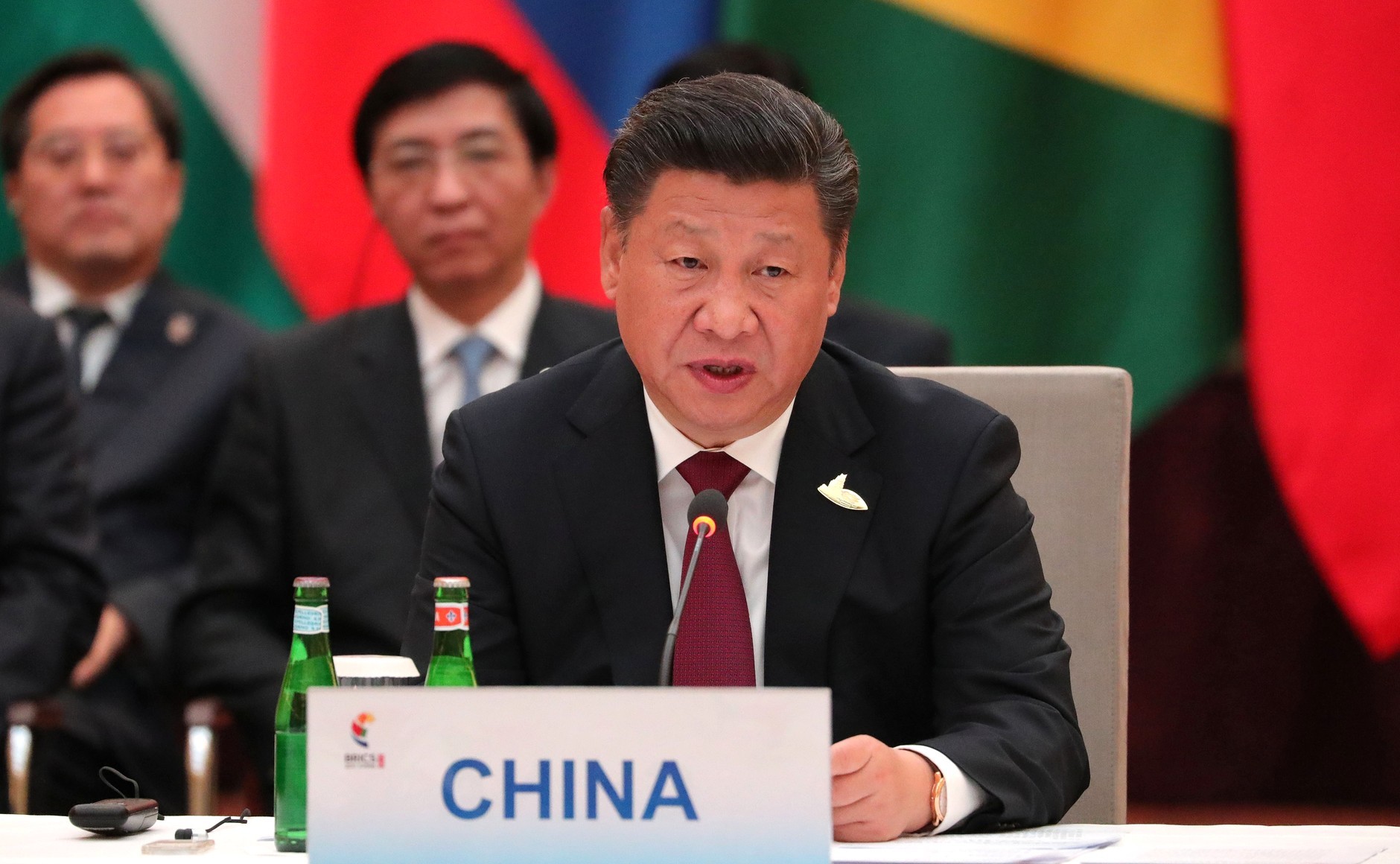China-backed Thai canal potential next front in India-China conflict

Advertisement
China’s latest attempt to encircle India with a series of alliances and naval bases is the long-awaited canal in southern Thailand’s Kra Isthmus, even as tensions continue to increase between New Delhi and Beijing over the standoff in Ladakh.
As per media reports, this canal could be a crucial strategic asset for China, saving over 1,100 kilometres, allowing its navy to quickly move ships between its newly constructed bases in the South China Sea and the Indian Ocean without diverting to round the tip of Malaysia.
The Chinese Navy is moving further west into the Bay of Bengal and the Indian Ocean, building an East African logistics base in Djibouti and conducting joint exercises in the region with Myanmar, Bangladesh, Iran, Pakistan and Russia.
The plethora of China-sponsored port infrastructure projects throughout the region only add to the impression of encirclement. India has responded by gearing up for potential future confrontations with China at sea.
The canal has seemed to garner widespread support among Thailand’s political elite. This is significant as Thailand has strongly tilted towards China after the United States refused to acknowledge the government, which was established by the military junta in 2014.
The Malacca Strait, which is one of the key shipping lanes in the region, has seen more than 80,000 ships passing through the narrow sea lane.
The Thai Canal Association says that building industrial parks and logistics hubs at both ends could become one of Asia’s major transit arteries.
According to industry experts, the canal might be uneconomical at today’s shipping rates and fuel costs but the Strait of Malacca has nearly reached its safe limit in terms of shipping volume it can handle.
The current Thai canal proposal — the 9A route — would have two parallel channels each having 30 metres deep, 180 metres wide and running 75 miles at sea level from Songkhla on the Gulf of Thailand to Krabi in the Andaman Sea.
Thailand’s territorial integrity maybe relatively secure today, however, risks being divided in two while embracing the proposed canal project. The country faces an active insurgency in its three southernmost provinces, which has a majority of Malay Muslims.
A successful Thai canal project would see a change in Southeast Asia’s political geography — a situation where China would be a permanent security partner and cannot be easily kicked out.
Coupled with planned investments in ports at Sihanoukville in Cambodia and Kyaukpyu in Myanmar, China will see the Thai canal as a strategic waterway connecting its string of pearls.
Were a hostile government in Bangkok ever to threaten to cut that string, it is not inconceivable that China would support an independence movement in the south and seize control of the canal in an intervention justified by the need to protect its own interests–again.
A Thai canal would pose a threat to the US and its allies, including India, which can effectively counter Chinese expansionism with the upgradation of domestic forward bases in the Andaman and Nicobar Islands.
The real concern is that it would further undermine the independence of poor southeast Asian countries like Myanmar and Cambodia, which have comparatively weak civil societies that are highly vulnerable to Chinese interference.
Advertisement






